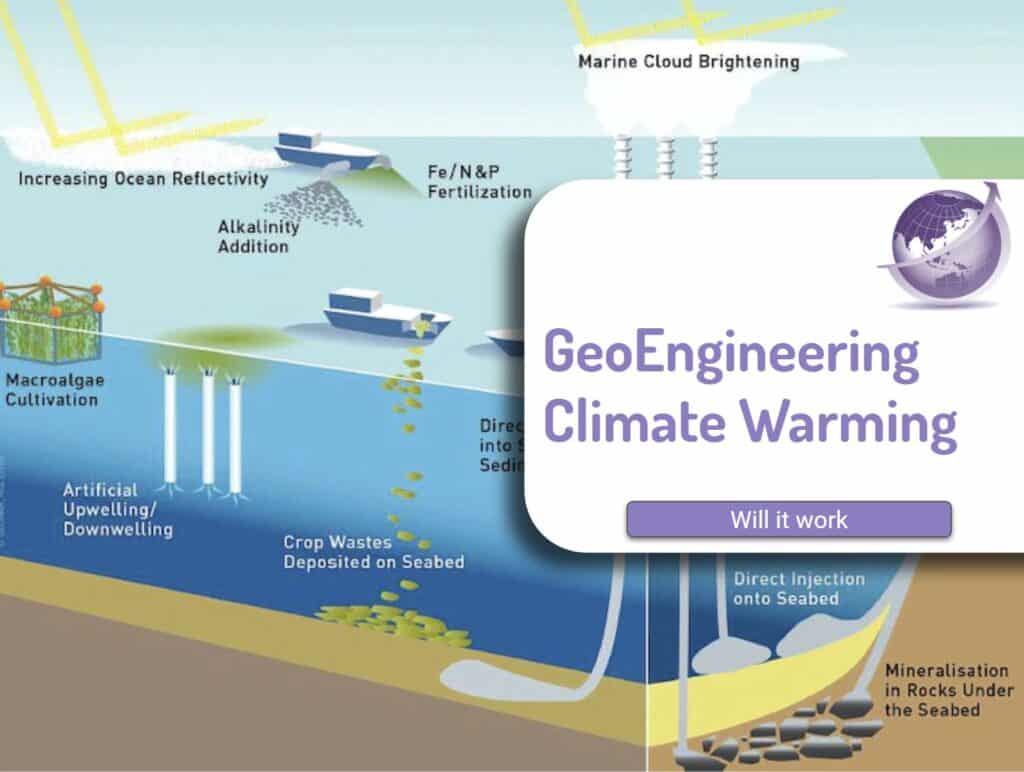The global fossil fuel subsidies killing our earth at over $5.9 trillion dollars per year or over 6.8% GDP. A recent report by Parry from IMF in 2020 highlighted while the world is progressing to renewable energy by 2030, we continue to throw Government money at the stranded industry of fossil fuels.
Implicit versus Direct Subsidies
- 8% Explicit = underpricing cost of production or supplying fossil fuels = $AU5 Billion
- 92% Implicit = indirect CO2, air pollution, climate change damage = $
Australian Subsidies
- 3.2% GDP = $US44B = $AU62 billion or $AU2470 per person is the figure from IMF. Others have calculated it at $10.7 billion. The latest numbers from the Australian Institure is $11.6 billion (2021-22 figures).
| Millions AUD 2020-2021 | Spending measures | Tax concessions | Total assistance |
|---|---|---|---|
| Federal | 1,163 | 9,352 | 10,515 |
| QLD | 593 | 71 | 665 |
| WA | 108 | NA | 108 |
| NT | 141 | NA | 141 |
| VIC | 79 | NA | 79 |
| SA | 37 | NA | 37 |
| NSW | 92 | NA | 92 |
| Total | 2,213 | 9,423 | 11,636 |
Outcome if Subsidies are Reformed
- By 2025 CO2 emissions down 36%
- Deaths decreased 1m worldwide
- Boost Economy by 3% GDP
- 4% increase in Govt cash
How Much is the Underpricing?
- 40% coal
- 25% gasoline
- 35% diesel fuel
Sectors Subsidized by Fuel Underpricing
- 36% transportation
- 33% power generation
- 20% industry
- 10% households
Fuel Products Underpricing Amount
- 46% oil
- 41% coal
- 9% natural gas
Fossil Fuel subsidies are Killing our Earth Conclusion
Globally, fossil fuel subsidies were $5.9 trillion in 2020 or about 6.8 percent of GDP, and are expected to rise to 7.4 percent of GDP in 2025. Just 8 percent of the 2020 subsidy reflects undercharging for supply costs (explicit subsidies) and 92 percent for undercharging for environmental costs and foregone consumption taxes (implicit subsidies). Efficient fuel pricing in 2025 would reduce global carbon dioxide emissions 36 percent below baseline levels, which is in line with keeping global warming to 1.5 degrees, while raising revenues worth 3.8 percent of global GDP and preventing 0.9 million local air pollution deaths. Accompanying spreadsheets provide detailed results for 191 countries










